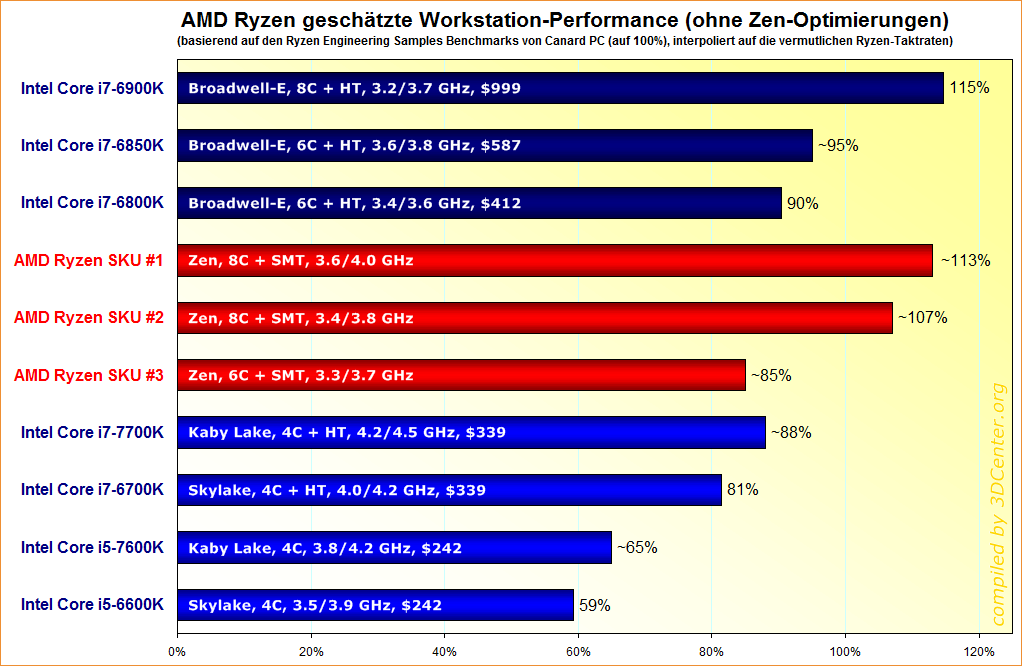sarinaide :
I am officially calling the leak BS and I have some graphical evidence of it. To be fair it wasn't really hard.

I have red ringed the problems with the bench but please pay particular interest to the CPU ID.

AMD's official CES2017 ES running, notice the CPU ID in device manager.
The two give aways:
1) AMD Ryzen is not used, Engineering Sample is used in the string.
2) N implies no iGPU, the AOTS states Y

I have red ringed the problems with the bench but please pay particular interest to the CPU ID.

AMD's official CES2017 ES running, notice the CPU ID in device manager.
The two give aways:
1) AMD Ryzen is not used, Engineering Sample is used in the string.
2) N implies no iGPU, the AOTS states Y
If anything this points in the opposite direction. The _N was for the early ES (engineering samples). The _Y is for PC (production candidate) chips. Notice also the steeping. At CES, AMD used a F3 sample, those recent chips are all F4, which is the final silicon steeping. The string that appears in the AoS leak (ZD3601BAM88F4_40/36_Y) corresponds to a real recent chip.
ZD3601BAM88F4_40/36_Y is a 8C/16T with a base clock of 3640 MHz. Another 8C model is the ZD3406BAM88F4_38/34_Y with a base clock of 3393 MHz. There are no other 8C model known.


